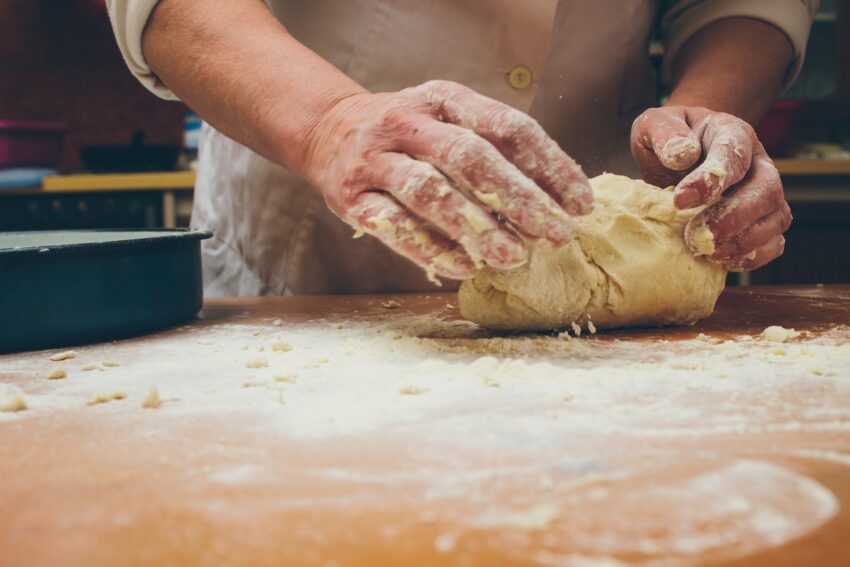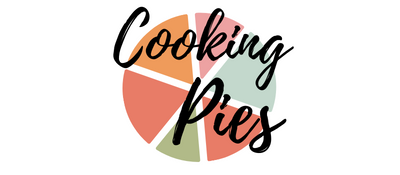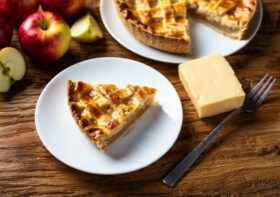Why Gluten Free Pie Crust Recipes Need Different Flour

If you’re new to gluten free, it can be confusing to understand how to adapt your recipes so gluten-free pie crust that holds together and tastes delicious. So, let’s learn why gluten-free pie crust recipes need different flour and the secrets to making the perfect gluten-free pie crust.
Making a gluten-free pie crust can be a challenge for many home bakers. Unlike traditional pie crusts that use wheat flour, gluten-free pie crust recipes require a different type of flour to achieve the right texture and flavor. In this article, we’ll explore why gluten-free pie crust recipes need different flour and what makes them unique.
The Importance of Gluten in Pie Crust Recipes
To understand why gluten-free pie crust recipes need different flour, it’s important to understand the role of gluten in traditional pie crusts. Gluten is a protein found in wheat flour that gives traditional pie crusts their characteristic texture. Gluten provides structure to the dough and helps it hold together when baked. It also gives pie crusts a slightly chewy texture that is pleasing to the palate.
The Challenges of Gluten-Free Pie Crust Recipes
Without gluten, gluten-free pie crust recipes face a number of challenges. Gluten-free flours lack the structure-providing properties of gluten, making it difficult to create a pie crust that holds together. Additionally, gluten-free flours often have a different texture and flavor than wheat flour, making it challenging to achieve the same delicious taste and texture as a traditional pie crust.
The Secret to a Delicious Gluten-Free Pie Crust
Despite the challenges, it is possible to make a delicious gluten-free pie crust. The key is to use a combination of gluten-free flours that can provide structure and mimic the texture and flavor of wheat flour. This might include flours like almond flour, coconut flour, or rice flour. Additionally, it’s important to use the right amount of fat and liquid in your recipe to help the dough hold together. With the right combination of ingredients, you can create a gluten-free pie crust that is every bit as delicious and satisfying as a traditional pie crust.
Top Tips for Making the Perfect Gluten-Free Pie Crust
Here are our three tips to help you make the perfect gluten-free pie crust every time:
- Use a combination of gluten-free flours: Experiment with different gluten-free flours to find the combination that works best for you. Some popular options include almond flour, coconut flour, or rice flour.
- Use the right amount of fat: Fat is essential in helping the gluten-free pie crust hold together. Be sure to use the right amount of fat in your recipe to achieve the right texture and consistency.
- Add a binding agent: Some gluten-free pie crust recipes call for a binding agent, like xanthan gum, to help the dough hold together. If your recipe calls for a binding agent, be sure to use the right amount.
Final Thoughts
Making a gluten-free pie crust can be a challenge, but with the right combination of ingredients, it is possible to create a delicious and satisfying pie crust. By understanding the unique needs of gluten-free pie crust recipes and using a combination of gluten-free flours, you can achieve a pie crust that holds together and tastes great. So next time you’re in the mood for a slice of pie, give gluten-free pie crust a try and see how delicious it can be.




Leave a Reply